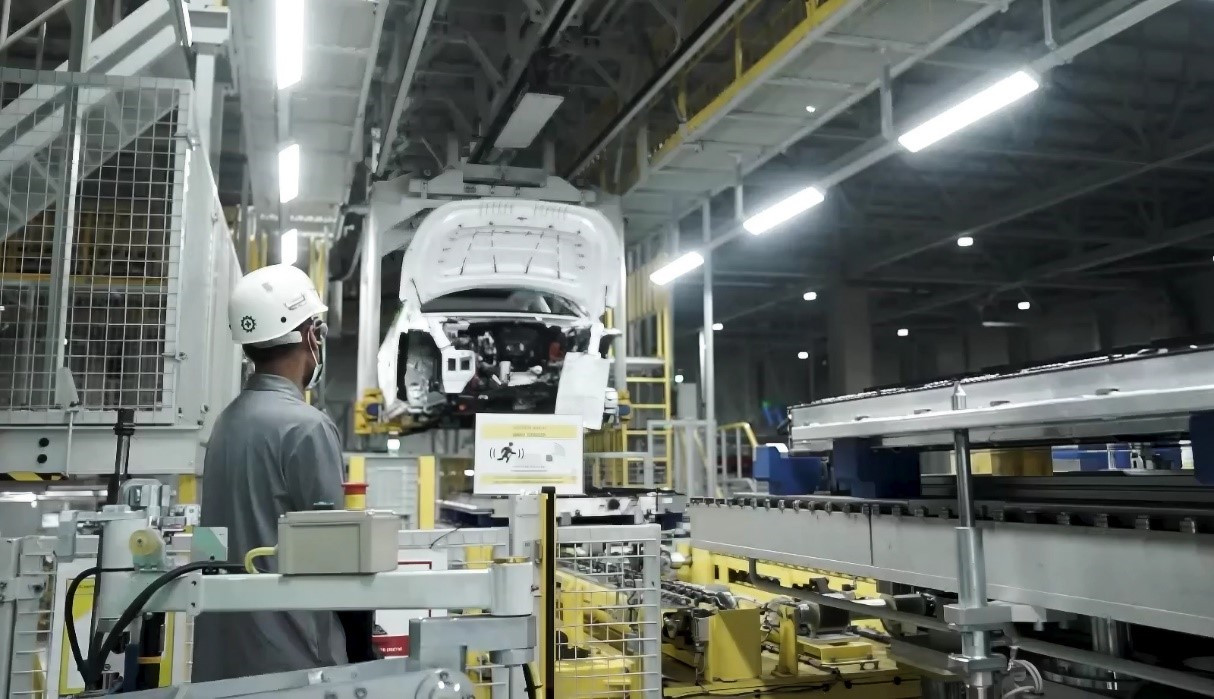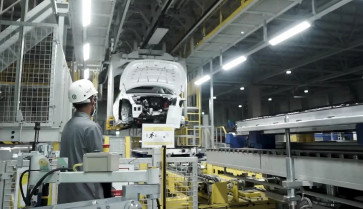Popular Reads
Top Results
Can't find what you're looking for?
View all search resultsPopular Reads
Top Results
Can't find what you're looking for?
View all search resultsIndonesia's big challenge to become high-income country
The absorption of the majority of the workforce into the informal sector is proof that the quality of Indonesian labor still needs to improve to meet industrial challenges, especially in high-value-added sectors.
Change text size
Gift Premium Articles
to Anyone
Indermit S. Gill coined in 2007 the concept of the middle-income trap (MIT), noting that the main cause that prevents middle-income countries from transitioning to high-income country status was stagnant economic growth. For a staggering 30 years, Indonesia has been ensnared in the MIT, a situation that demands immediate attention and action.
Statistics Indonesia (BPS) noted that Indonesia's economic growth has not once exceeded 7 percent in the past two decades. According to the Word Bank, a country can be released from the MIT if its gross domestic product (GDP) per capita is more than US$13,845, meaning that at least one person's income reaches Rp 18 million ($1,124)/month.
While it is true that until 2023, Indonesia's GDP per capita has only touched $4,783, meaning that the average Indonesian is considered to have an income of Rp 5.9 million/month, there is still potential for growth and improvement.
Different from the GDP/capita data, BPS noted that the average minimum wage of Indonesian workers is a mere $189, equivalent to Rp 2.94 million. This wage is significantly lower than that of Malaysia ($359) and Cambodia ($194), highlighting the stark wage disparity.
And the fate of formal workers is not optimal. In fact, most of them receive a salary equivalent to the provincial minimum wage as the maximum wage they can get without periodic salary increases. These facts underscore the challenges Indonesia faces in escaping the MIT abyss, raising the question, “Can Indonesia break free from the MIT trap?”
A glimmer of hope has emerged. Since 2015, Indonesia has entered the demographic bonus era, which is expected to last until the 2030s. In 2022, BPS recorded that 69 percent (190.98 million people) of Indonesia's total population of 275.77 million people were people of productive working age (14-64 years). Given that the demographic bonus has the potential to increase the number of workers, the country's productivity will rise, and then the economy will grow. Economic growth will push up the average wage, and Indonesia is ready to get out of the middle-trap income trap.
Thus, the assumption is that the demographic bonus will be an opportunity for Indonesia to get out of the MIT. The reality is not that optimistic.



















